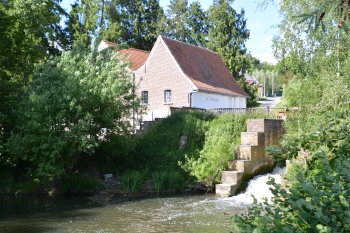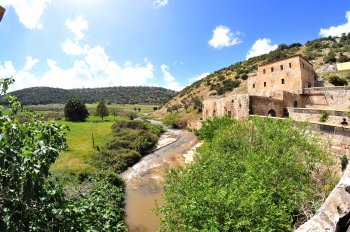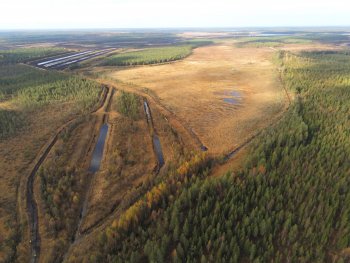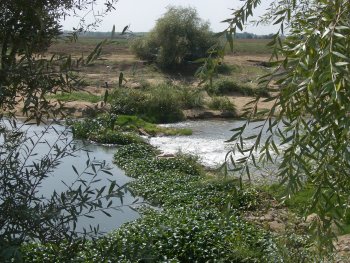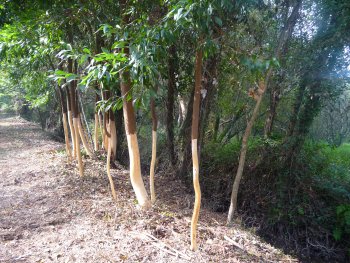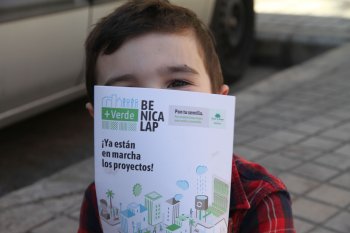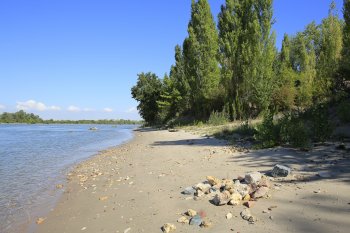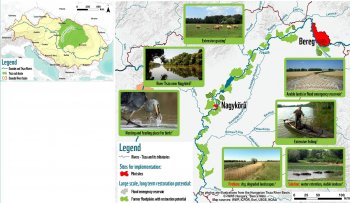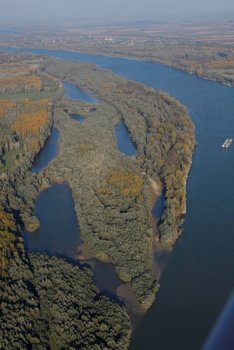Firth of Forth: restoring a stream and its floodplain
This case study aims at a comprehensive restoration of a river and its adajcents land, including developing sustainable businesses, tourism and transport whilst not increasing carbon emissions or negatively impacting on biodiversity of the area. River connectivity and water quality are to be improved for migratory fish (eel and Atlantic salmon) and to reduce flood risk in downstream urban areas Additionally, upland raised bog habitats (peatlands) shall be restored.
This case study is one of 17 that are part of the EU Horizon2020 project MERLIN - Mainstreaming Ecological...


